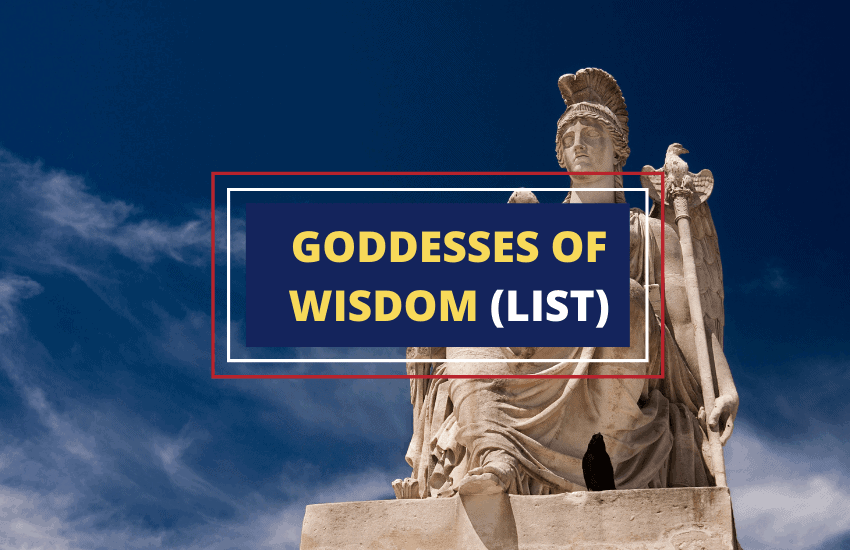
Table of Contents
Throughout history, people have tended to visualize abstract concepts, making them more tangible in the process. From the dawn of time, humans often explained these concepts or ideas through different gods and goddesses. Knowledge and wisdom are some of the most abstract concepts, and among the most valued and respected traits, so naturally many cultures had various deities associated with them. In this article, we’ll take a closer look at some of the most prominent goddesses of wisdom and knowledge from around the world.
1- Athena
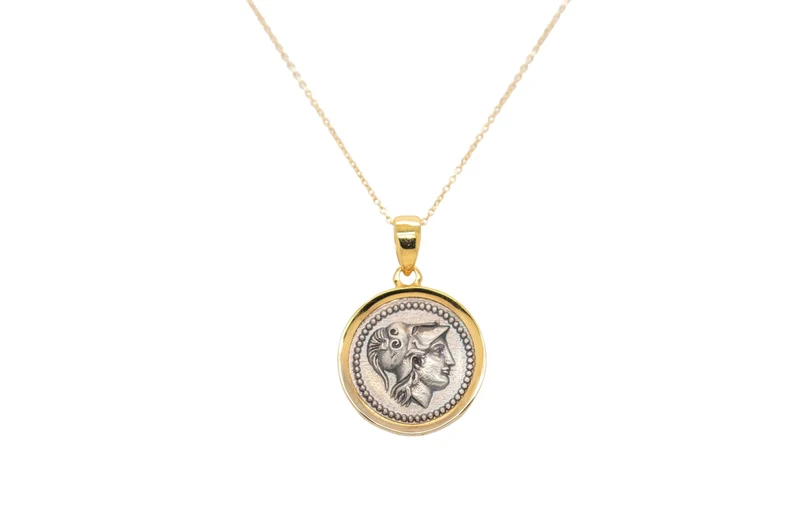
In ancient Greek religion, Athena was a goddess of wisdom, household crafts, and war, and the favorite child of Zeus. Among all the Olympian gods, she was the wisest, the bravest, and the most powerful.
According to the myth, she was born fully grown out of Zeus‘ forehead, after he had swallowed Metis, who was pregnant with Athena. As a virgin deity, she didn’t have any children, nor was she ever married. There are several epithets attributed to her, such as Pallas, meaning girl, Parthenos, meaning virgin, and Promachos, which means of war and refers to defensive, patriotic, and strategic warfare, rather than attacking.
The goddess was closely linked to the city of Athens, which was named after her once the people of Attica picked her to be their patroness. The Temple of Parthenon, which was built in the 5th century BCE, was dedicated to her, and, to this day, it continues to be the most prominent temple of the acropolis.
2- Benzaiten
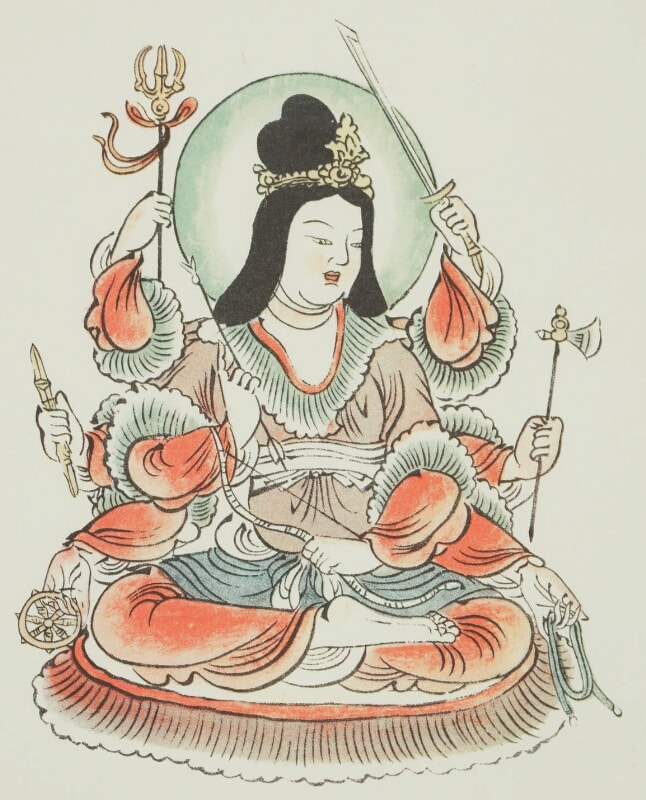
In Japanese mythology, Benzaiten, also called Benten, is the Buddhist goddess of wisdom, inspired by the Hindu goddess of knowledge and wisdom, Saraswati. The goddess is also associated with everything that flows and the flowing energy, including music, eloquence, words, and water. She plays an important role in Lotus Sutra, one of the older and most venerated Mahayana Buddhist texts. Much like her predecessor Saraswati, the goddess is often depicted playing a traditional Japanese lute, called biwa.
According to myth, Benzaiten was responsible for creating the Enoshima Island to put away a sea dragon with five heads who was disrupting the lives of the people of Sagami Bay. Some versions of the myth claim that she even married the dragon when he promised to change and tame his aggressive behavior. As a result, the Enoshima Island shrines were all dedicated to this deity. They are now considered a place of love, where couples go to ring a love bell or post a pink ema, or a wooden prayer board, with hearts on them.
3- Danu
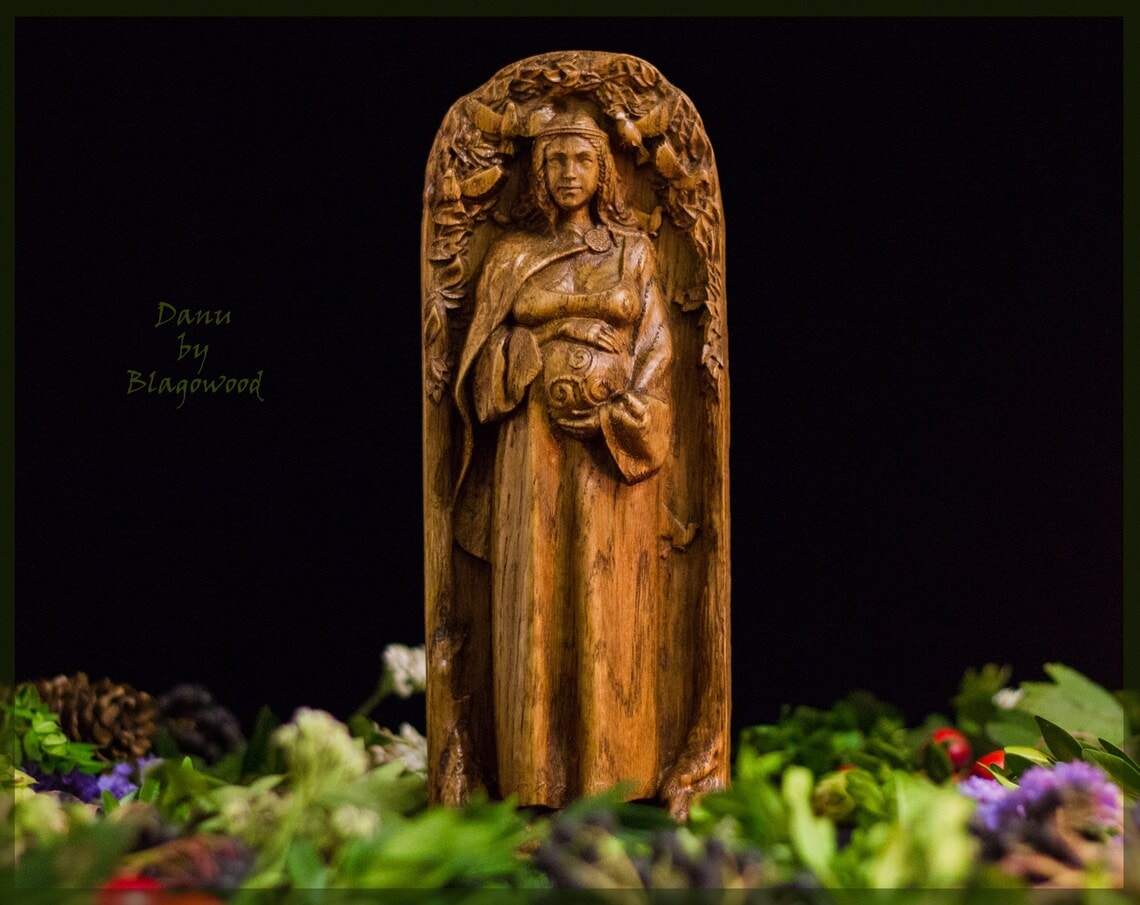
In Celtic mythology, Danu, also known as Dana and Anu, was the goddess of wisdom, intellect, inspiration, fertility, and wind. Her name stems from the ancient Irish word dan, meaning poetry, wisdom, knowledge, art, and skill.
As the most ancient Celtic deity, Danu was considered a mother goddess of Earth and Irish gods, representing the female principle. She’s most commonly associated with Tuatha Dé Danann, the People or Children of Danu, the group of fairy folk and divine beings skilled in magic. As the powerful goddess of wisdom, Danu had a teacher’s role and passed onto her children many of her skills.
The goddess was also often associated with rivers, reinforcing her fertility aspect and her responsibility for the abundance and fruitfulness of the lands. She’s very similar to another Celtic goddess, Brigid, and some believe that the two deities are the same.
4- Isis
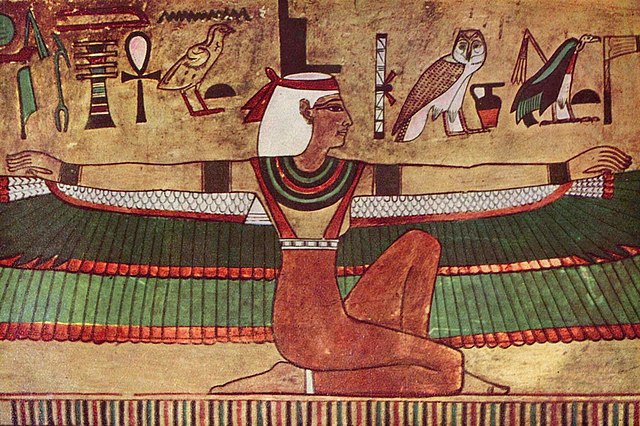
In ancient Egypt, Isis, also known as Eset or Aset, was the goddess of wisdom, medicine, fertility, marriage, and magic. In Egypt, she was often associated with Sekhmet, and in Greece, she was identified with Athena.
Many ancient poets and authors called her The Wise Woman. In an essay about Isis and her husband Osiris, Plutarch described her as exceptionally wise and called her a lover of wisdom and philosophy. In the Turin Papyrus, an ancient Egyptian manuscript, she was depicted as cunning and eloquent, and more perceptive than any other deity. Isis was also often associated with medicine, healing, and magic, with the power to cure any disease and bring the dead back to life.
5- Metis
In Greek mythology, Metis was the Titan goddess of wisdom, good counsel, prudence, planning, and craftiness. Her name can be translated as skill, craft, or wisdom. She was the daughter of Thetis and Oceanus and was Zeus’ first wife.
When pregnant with Athena, Zeus turned Metis into a fly and devoured her because of the prophecy that one of his children would take his throne. For this reason, Athena was considered a motherless goddess, and none of the ancient myths and tales mention Metis. Instead, Zeus was the one with the title Mêtieta, which means The Wise Counselor.
According to some myths, Metis was Zeus’ main adviser, counseling him in the war against his father, Cronus. It was Metis who gave the magic potion to Zeus, which would later force Cronus to regurgitate all the other siblings of Zeus.
6- Minerva
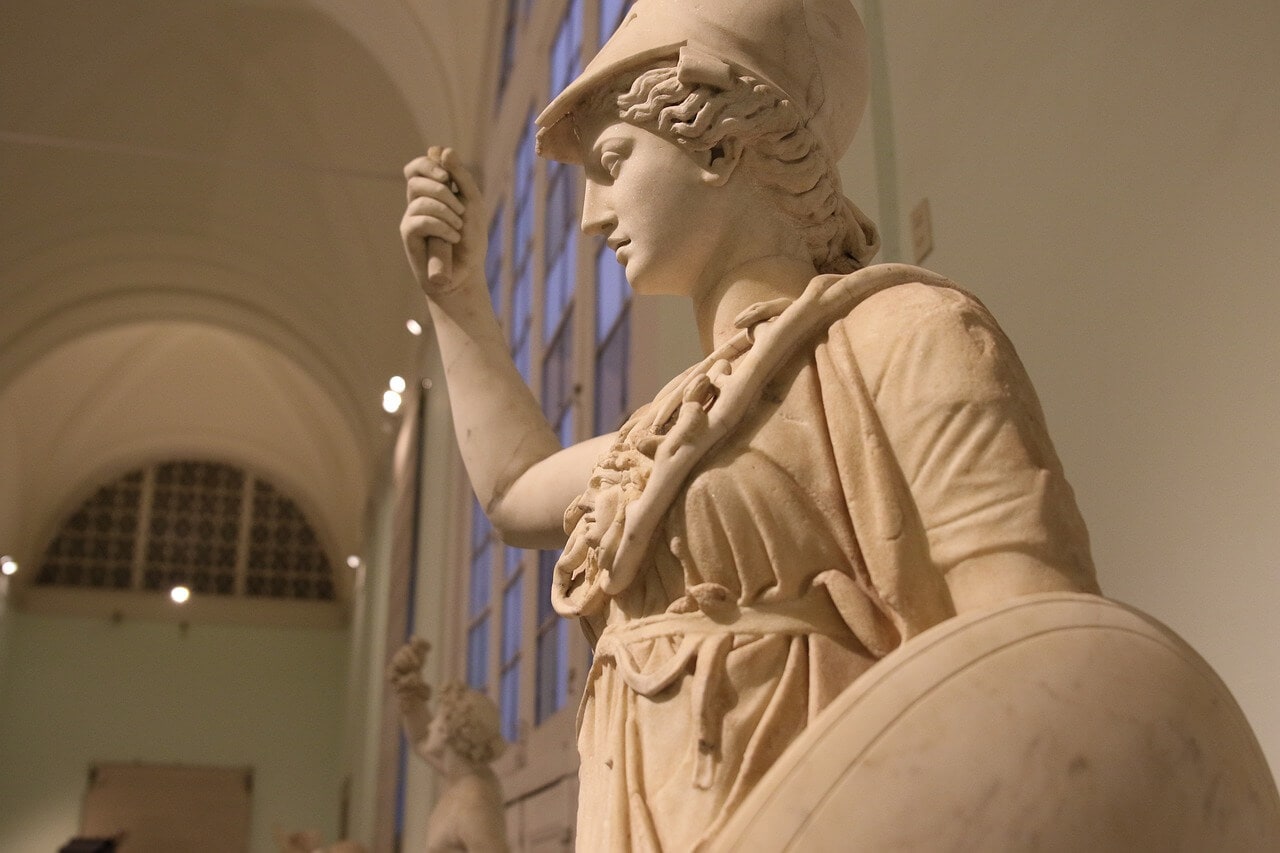
Minerva was the ancient Roman deity associated with wisdom, handcrafts, art, profession, and eventually war. The ancient Romans equated her with the Greek goddess of wisdom and war, Athena.
However, unlike Athena, Minerva was originally associated mostly with household crafts and weaving, and not so much with war and battle. But around the 1st century AD, the two deities became completely interchangeable, and Minerva’s role as a warrior goddess became more prominent.
Minerva was worshiped as a part of the Capitoline triad, together with Juno and Jupiter. In Rome, the shrine of Aventine was dedicated to her, and it was the place where guilds of craftsmen, poets, and actors would gather. Her cult was the most dominant during the rule of the emperor Domitian, who chose her to be his patron goddess and special protectress.
7- Nisaba
Nisaba, also known as Nidaba and Naga, is the Sumerian goddess of wisdom, writing, communication, and the gods’ scribes. Her name can be translated as She who teaches the divine laws or decrees. According to the legend, the goddess invented literacy so she could communicate divine laws and other matters to humankind. She was often associated with the Egyptian goddess of wisdom, Seshat.
In the farming regions around the ancient river Euphrates near the city of Uruk, Nisaba was also worshiped as the goddess of cereals and reeds. She was one of the most prestigious deities throughout Mesopotamia and was often depicted as a young woman holding a golden stylus or pencil and studying a starry sky inscribed on a clay tablet.
8- Saraswati
Saraswati is the Hindu goddess of wisdom, creativity, intellect, and learning. She’s also considered a source of inspiration for different arts, including poetry, music, drama, and also science. Her name stems from two Sanskrit words – Sara, meaning essence, and Swa, which means oneself. Therefore, the goddess represents the essence or spirit of oneself.
As the goddess of knowledge and learning, she’s especially honored by students and teachers. Interestingly, Saraswati represents both learning (the process of gaining knowledge) as well as the knowledge itself. She illustrates the idea that true knowledge can only be gained through the process of learning.
Saraswati is often depicted as dressed in white and sitting on a white lotus. She has four arms – two are playing a lute-like instrument, known as the veena, while the third arm holds a mala (a rosary) and the fourth holds a book, symbolizing her artistry, spiritual essence, and intellect. Her image reflects purity and serenity. In Rig Veda, she’s a significant deity associated with flowing water or energy and is known by many names: Brahmani (science), Vani and Vachi (the flow of music and speech); and Varnesvari (writing or letters).
9- Seshat
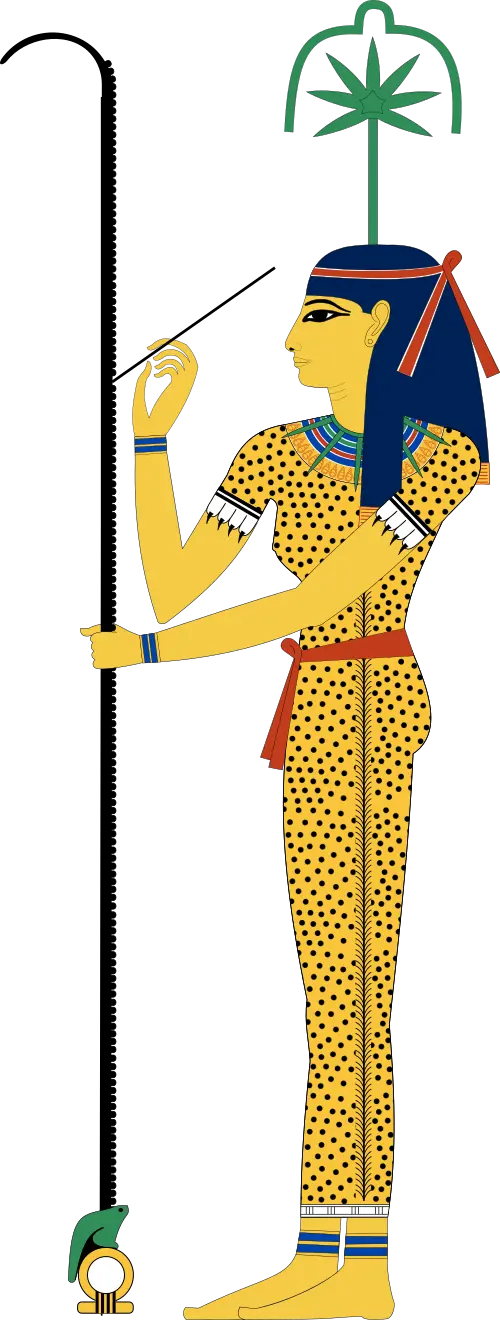
In ancient Egypt, Seshat was the goddess of wisdom, writing, knowledge, measurement, time and was often referred to as The Ruler of Books. She was married to the Egyptian god of wisdom and knowledge, Thoth, and they were both considered the part of sesb or the divine scribes.
Seshat was most commonly depicted as wearing a plain sheath dress covered with panther skin. She would also wear a headpiece with horns, a star that had her name inscribed as well as a carved palm rib that symbolized the passing of time.
It was believed that the goddess was an expert in reading the star constellations and planets. Some thought she helped the pharaoh in Stretching the cord ritual, which consisted of astrological measurements for the most favorable temple locations.
10- Snotra
Snotra, the old Norse word for clever or wise, was the Norse goddess of wisdom, self-discipline, and prudence. According to some scholars, the word snotr could be used to describe wise men and women.
The goddess is only mentioned in the collection of Scandinavian myths called Prose Edda, written by Snorri Sturluson in the 13th century. There, she’s one of the sixteen members in the principal Norse pantheon, the Aesir. She’s depicted as courteous and wise, and regarded as the protector goddess of the female principle.
11- Sophia
Originating in Greek mythology, Sophia was the goddess of spiritual wisdom and was referred to as the Divine Mother or Holy Feminine. The name Sophia means wisdom. The goddess was a prominent figure in the belief system of Gnostic Christians of the 1st century, who were proclaimed heretics by monotheistic and patriarchal religion in the 4th century. However, many copies of their gospel were hidden in Egypt, in the Nag Hammadi desert, and found in the mid-20th century.
In the Old Testament, there are many hidden references to the goddess, where she’s mentioned with the word wisdom. Her name is familiar thanks to the church in Constantinople, called Hagia Sophia, which was built by the Eastern Christians in the 6th century CE to honor the goddess. In the Greek language, hagia means sacred or holy, and was a title given to older wise women as a sign of respect. Later, the word’s meaning was corrupted and used to describe older women in a negative light as hags.
12- Tara
In Tibetan Buddhism, Tara is an important deity associated with wisdom. Tara is the Sanskrit word, meaning star, and the goddess is known by many names, including The One Who Fuels All Life, The Compassionate Mother Creator, The Wise One, and The Great Protector.
In Mahayana Buddhism, the goddess is described as a female bodhisattva, any person on the path to complete enlightenment or Buddhahood. In Vajrayana Buddhism, the goddess is considered a female Buddha, the one who had attained the highest enlightenment, wisdom, and compassion.
Tara is one of the oldest and the most prominent meditational and devotional deities, widely worshiped to the modern day by both Hindus and Buddhists, and many others.
To Wrap Up
As we can see from the list above, goddesses of wisdom have been honored and worshiped in many cultures for thousands of years. These distinguished female deities have been highly revered and credited with a variety of powerful attributes, including ageless beauty, divine wisdom and knowledge, healing powers, and many others. Even though they represent similar properties, each of these goddesses embodies a unique image and characteristics, with distinct mythologies surrounding them.








